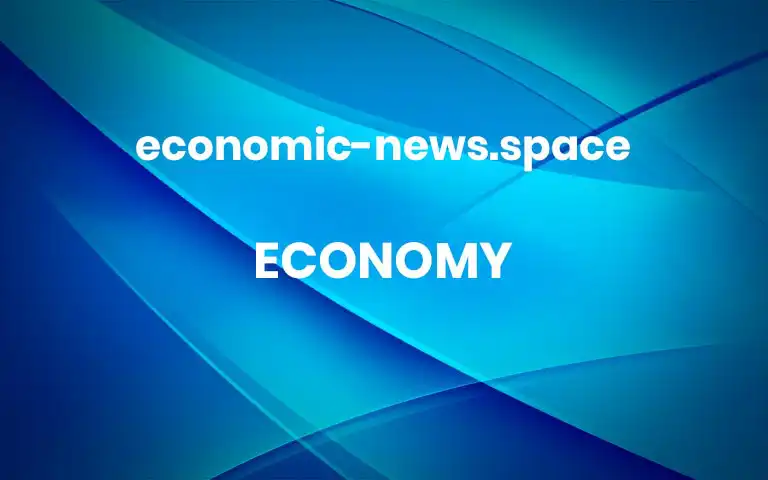Why Critics Fear the Fed's Policy Shift May Prove Late and Abrupt

The Federal Reserve is still buying bonds as prices surge. Some praise the central bank’s continuing policy pivot; others ask if it was fast enough.The Federal Reserve has moved at warp speed by central banking standards over the past six months as it prepares to lean against a surge in prices: first slowing its economy-stoking bond purchases, then deciding to end that buying program earlier and finally signaling that interest rate increases are coming.Some on Wall Street and in Washington are questioning whether it moved rapidly enough.Consumer prices increased by 7 percent in December from the prior year, the fastest pace since 1982, as rapid spending on goods collides with limited supply as a result of shuttered factories and backlogged ports. While price increases were initially expected to fade quickly, they have instead lasted and broadened to rents and restaurant meals.The Fed is charged with maintaining full employment and stable prices. The burst in inflation is causing some to question whether the central bank was too slow to recognize how persistent price increases were becoming, and whether it will be forced to respond so rapidly that it pushes markets into a free fall and the economy into a sharp slowdown or even recession.“The first policy mistake was completely misunderstanding inflation,” said Mohamed El-Erian, the chief economic adviser at the financial services company Allianz. He thinks the Fed now runs the risk of having to pull support away so rapidly that it disrupts markets and the economy. The Fed’s Board of Governors “maintained its transitory inflation narrative for 2021 way too long, missing window after window to slowly ease its foot off the stimulus accelerator.”Plenty of economists disagree with Mr. El-Erian, pointing out that the Fed reacted swiftly as it realized that conditions did not match its expectations. And market forecasts for inflation have remained under control, suggesting that investors believe that the Fed will manage to stabilize prices over the long run. Even so, stocks are shuddering and consumers are watching nervously as the central bank prepares for what could an unusually rapid withdraw of monetary support — ramping up pressure on its policymakers.“The downturn was faster, the upturn was faster: It was an unprecedented event, so not forecasting it properly was not the end of the world,” said Gennadiy Goldberg, a senior U.S. rates strategist at TD Securities. “What matters is what their readjustment is once the forecast has changed.”Jerome H. Powell, the Fed chair, and his colleagues meet this week in Washington and will release their latest policy decision at 2 p.m. on Wednesday.Understand Inflation in the U.S.Inflation 101: What is inflation, why is it up and whom does it hurt? Our guide explains it all.Your Questions, Answered: We asked readers to send questions about inflation. Top experts and economists weighed in.What’s to Blame: Did the stimulus cause prices to rise? Or did pandemic lockdowns and shortages lead to inflation? A debate is heating up in Washington.Supply Chain’s Role: A key factor in rising inflation is the continuing turmoil in the global supply chain. Here’s how the crisis unfolded.The Fed is on track to end its asset buying program in March, at which point markets expect policymakers to begin raising interest rates. Investors expect officials to raise interest rates as many as four times this year, while allowing their balance sheet of asset holdings to shrink. Both policy changes would work together to remove juice from the rapidly recovering economy.The path the Fed is now following differs starkly from the one it was projecting as recently as September, when many Fed officials had not come around to the idea that rates would rise in 2022. Likewise, the Fed began tapering off its bond buying program only in late 2021, so it is now in the uncomfortable position of making its final purchases — giving markets and the economy an added lift — even as inflation comes in hot.The central bank’s critics argue that it should have started to withdraw its help earlier and faster. That would have begun to cool off demand and inflation sooner, and it would allow for a more gradual drawdown of support now.“I don’t think the Fed caused this inflation problem, but I do think they were late to recognize it,” said Aneta Markowska, chief financial economist at Jefferies, an investment bank. “And, therefore, they will have to catch up very quickly.”Sudden Fed moves carry an economic risk: Failing to give markets time to digest and adjust often sends them into tumult. Rocky markets can make it hard for households and businesses to borrow money, causing the economy to slow sharply, and perhaps more than the central bank intended.That is why the Fed typically tries to engineer what policymakers often refer to as a “soft landing.” The goal is to avoid upending markets, and to allow the economy to decelerate without slowing it down so abruptly that it tips into recession.But the economy has surprised the central bank lately.In 2021, Fed policymakers bet that rapid inflation would fade as the economy got through an unusual reopening period and the pandemic abated. They wanted to be patient in removing support as the labor market healed, and they did not meaningfully change their plans for policy after Democrats took the White House and Senate and it became clear that they would pass a large stimulus package.The path the Fed is now following differs starkly from the one it was projecting as recently as September.Stefani Reynolds for The New York TimesAs those dollars trickled out into the economy and the pandemic persisted, though, demand remained strong, supply chains remained roiled, and inflation began to broaden out from pandemic-disrupted products like cars and airfares into rents, which move slowly and matter a lot to overall price increases. Workers returned to the job market more slowly than many economists expected, and wages began to pick up sharply as labor shortages surfaced.That caused the Fed to change course late last year — and to do so fairly abruptly.“Inflation really popped up in the late spring last year, and we had a view — it was very, very widely held in the forecasting community — that this would be temporary,” Mr. Powell said in December. But officials grew more concerned as employment cost data moved higher and inflation indicators showed hot readings, he said, so they pivoted on policy.Inflation F.A.Q.Card 1 of 6What is inflation? More



